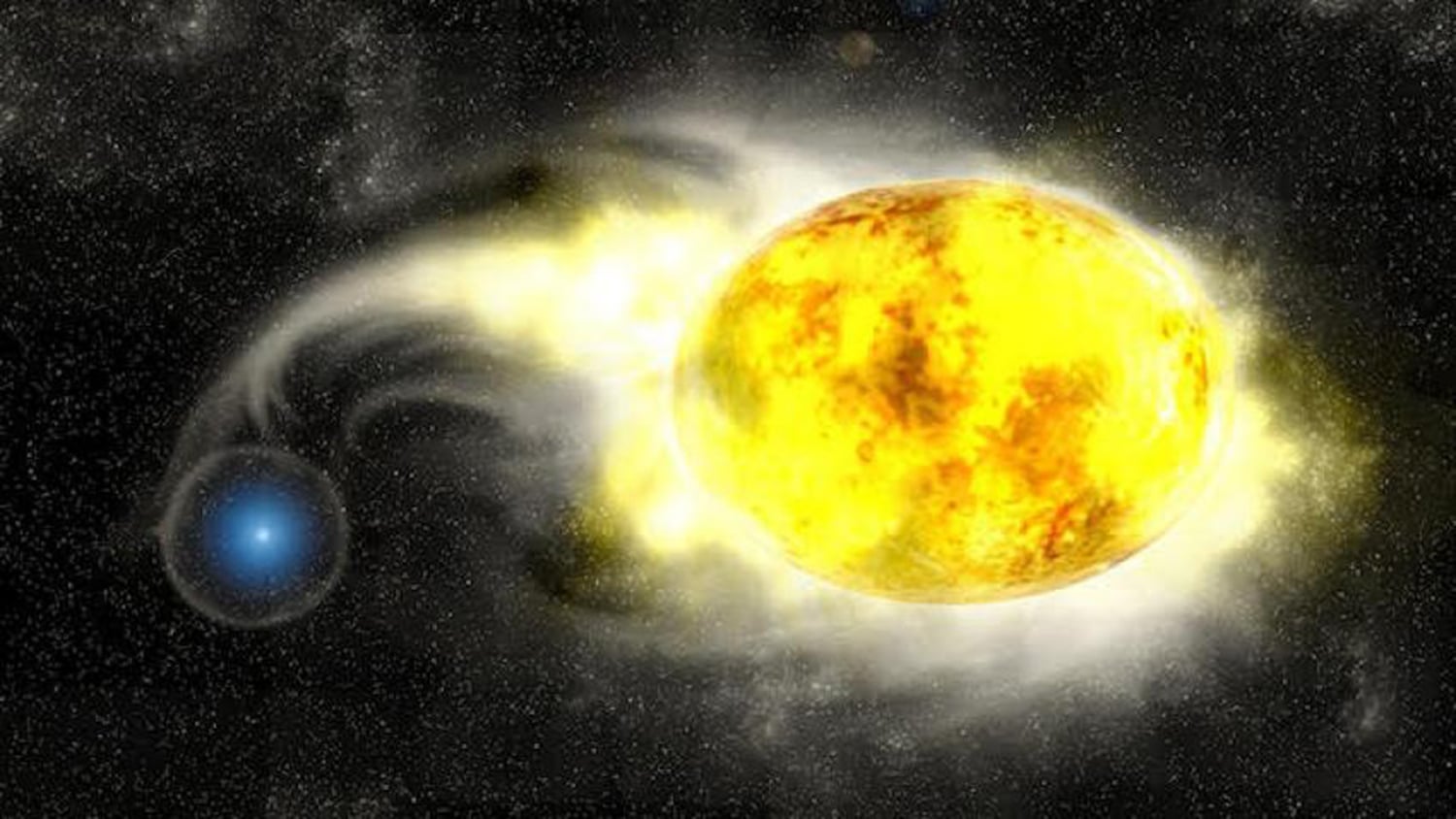
Stars are generally shrouded in Hydrogen at the end of their lives. But, a mysterious yellow star, lacking Hydrogen at the time of its explosion.
Located 35 million light-years from Earth in the Virgo galaxy cluster, a mysterious yellow star sheds light on stars’ violent death throes. It has caused astrophysicists to re-evaluate what’s possible at the deaths of our Universe‘s most massive stars.
This is the first time astrophysicists observing this scenario.
Charles Kilpatrick, a postdoctoral fellow at Northwestern University’s Center for Interdisciplinary Exploration and Research in Astrophysics (CIERA), who led the study, said, “If a star explodes without Hydrogen, it should be extremely blue — really, really hot. It’s almost impossible for a star to be this cool without having Hydrogen in its outer layer. We looked at every single stellar model that could explain a star like this, and every single model requires that the star had Hydrogen, which, from its supernova, we know it did not. It stretches what’s physically possible.”
“What massive stars do right before they explode is a big mystery. It’s rare to see this kind of star right before it explodes into a supernova.”
After the Young Supernova Experiment spotted supernova 2019yvr in the relatively nearby spiral galaxy NGC 4666, the team used deep space images captured by NASA’s Hubble Space Telescope, which fortunately already observed this section of the sky two and a half years before the star exploded.
The Hubble images show the supernova’s source; a massive star imaged just a couple of years before the explosion. After several months of explosion, astrophysicists discovered that the material ejected in the star’s final explosion seemed to collide with a large mass of Hydrogen. This prompted scientists to hypothesize that the progenitor star might have expelled the Hydrogen within a few years before its death.
Kilpatrick said. “This star’s discovery provides some of the most direct evidence ever found that stars experience catastrophic eruptions, which cause them to lose mass before an explosion. If the star was having these eruptions, then it likely expelled its Hydrogen several decades before it exploded.”
According to scientists, there is a possibility that a less massive companion star probably has stripped away Hydrogen from the supernova’s progenitor star. Although, scientists won’t be able to search its companion star until after the supernova’s brightness fades. And it may take up to a decade.
Kilpatrick said, “Unlike its normal behavior right after it exploded, the hydrogen interaction revealed it’s this oddball supernova. But it’s exceptional that we were able to find its progenitor star in Hubble data. In four or five years, I think we will be able to learn more about what happened.”
Journal Reference:
- Charles D Kilpatrick et al. A cool and inflated progenitor candidate for the Type Ib supernova 2019yvr at 2.6 yr before the explosion, Monthly Notices of the Royal Astronomical Society (2021). DOI: 10.1093/mnras/stab838
Continue reading A curiously yellow pre-supernova sheds light on stars’ violent death throes on Tech Explorist.
0 comments:
Post a Comment